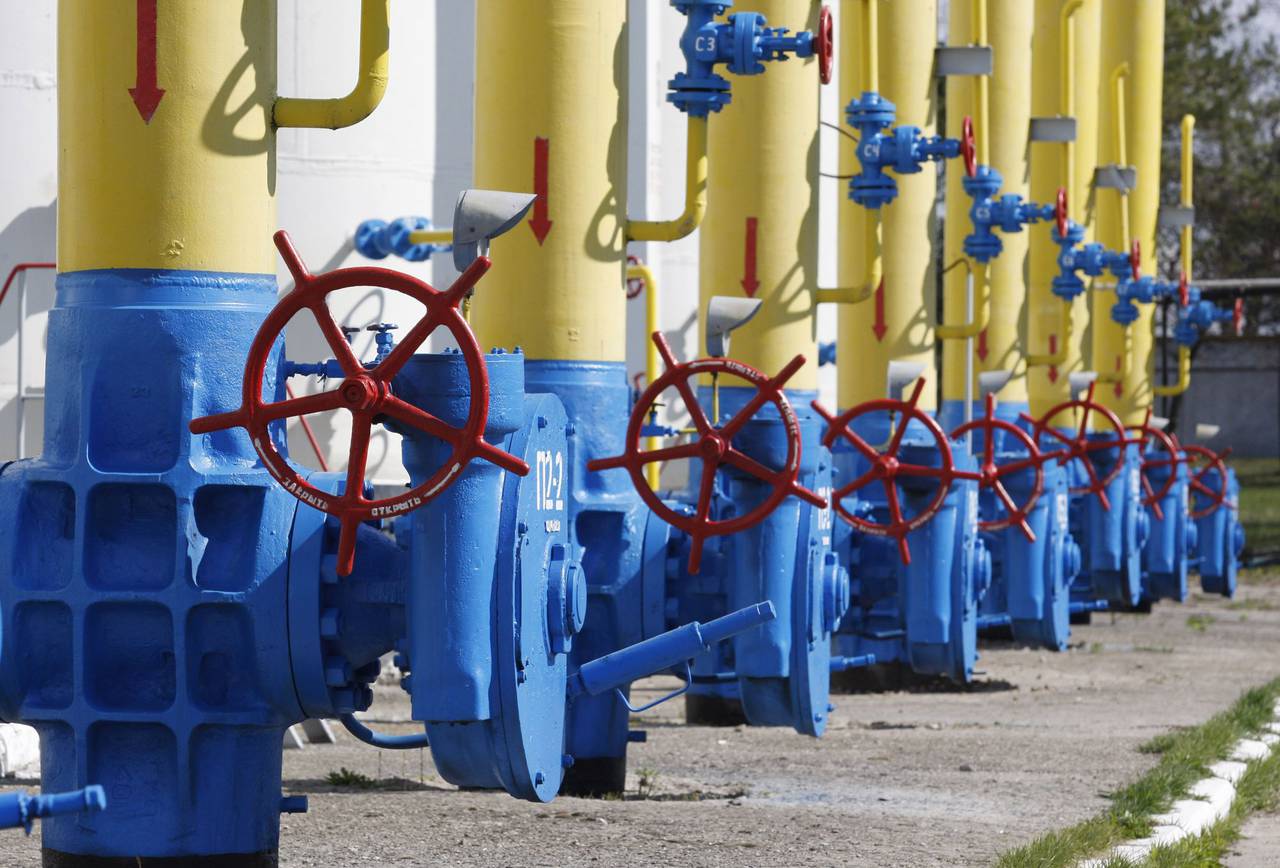During the current heating season, Europe’s savings led to a 30 percent reduction in gas consumption from storage facilities. Meanwhile, the supply of Russian gas to the EU has increased. Thus, it is not a matter of shortages, but of the cost of the blue fuel, at which European states are buying it in anticipation of a cold spell.
Since the fall of 2018, 24.3 billion cubic meters of fuel have been used from the European Union’s gas storage facilities. That’s about 30 percent less than a year ago. Back then, in just two and a half months, gas reserves dropped by 36.2 billion cubic meters.
What is causing Europe’s savings?
As for gas purchases from the Russian Federation, on the contrary, they increased, judging by the data of Ukrainian transit companies and domestic Gazprom. The holding noted that from 1 to 15 January 2019, the company increased the volume of exports to other countries, compared with 2018 – by 3.1%, to 8.6 billion cubic meters. The volume of supplies to the countries of Old Europe, the Czech Republic, the Netherlands, especially increased. Italy, Austria, the Czech Republic, the Netherlands, Germany and France. More gas also went to Romania, Finland, Bulgaria, Greece and Denmark, according to Gazprom’s official press release.
 Ukrainian gas transportation company Ukrtransgas gives slightly different data: in the first 3 weeks of 2019, the transit of blue fuel reached 5.3 billion cubic meters, while last year it was only 4.4 billion cubic meters.
Ukrainian gas transportation company Ukrtransgas gives slightly different data: in the first 3 weeks of 2019, the transit of blue fuel reached 5.3 billion cubic meters, while last year it was only 4.4 billion cubic meters.
The low consumption of gas from reserves may be due to the fact that Europeans are afraid of last year’s weather conditions, when there were severe frosts at the end of the heating season, and gas is already running out. Probably, this year the countries have decided not to repeat such a mistake, and maintain an optimal amount of gas in the storage. Experts also believe that the reason may be a commercial component – now the price of blue fuel is lower than it was in the summer of 2018. Therefore, it will not be profitable to sell gas that has been put into storage during the off-season.
According to the gas platforms, at the beginning of autumn 2018, the approximate price for gas amounted to $334 per thousand cubic meters, while in January it was about $263. The market is now guided by the notion that the price is influenced by the gas-to-gas relationship. In reality, however, there is a strong correlation with the cost of oil.
Until late fall 2018, oil was breaking records in value and was as high as $85 a barrel. Then prices dropped slightly, to $60. Europe has repeatedly complained to Gazprom that the price of gas is calculated with reference to oil in long-term contracts, and does not take into account the reality of the market.
Thus, Europe is trying to play the long game and accumulate the maximum possible reserves in order to avoid possible fuel shortages in the cold spring. In addition, the cost of gas is much lower now than in the fall of 2018, so it is not profitable to use reserves – Europe’s savings are visible to the naked eye and speak of bad times for states.




